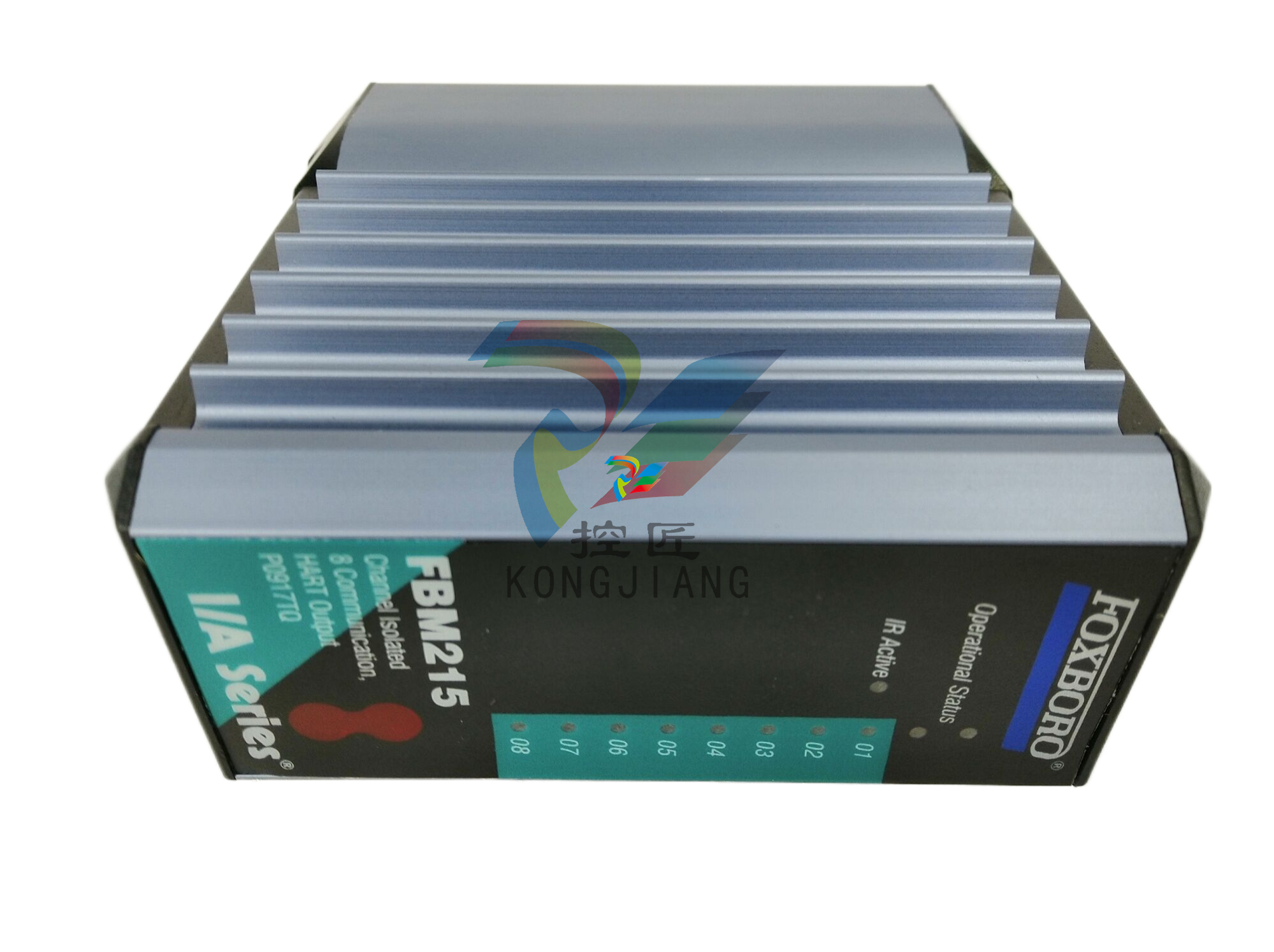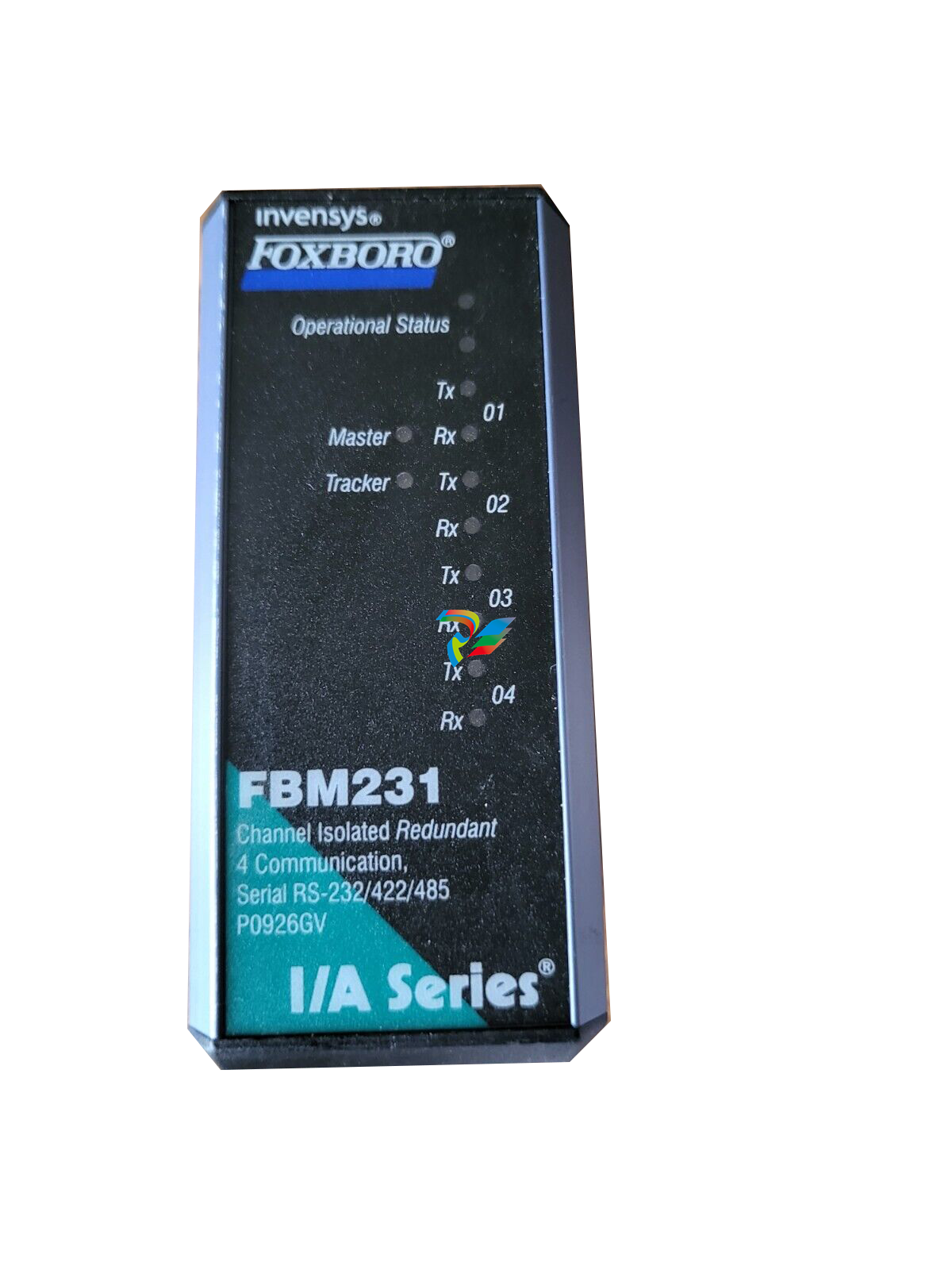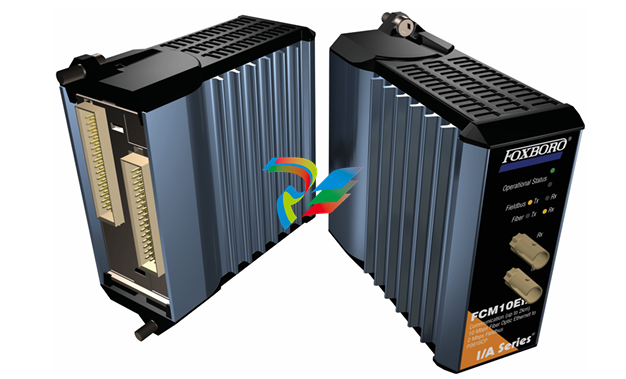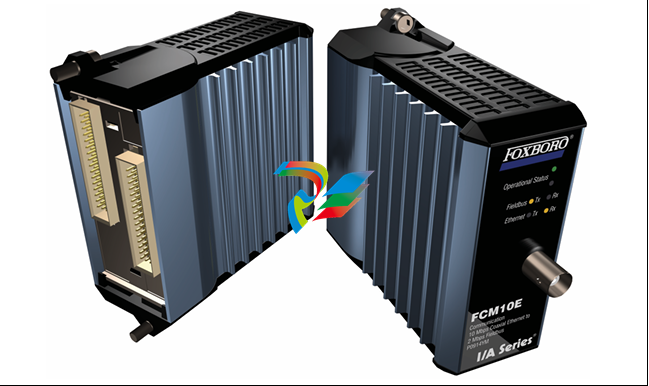
How Modular Automation Is Helping to Create the Chemical Process Control Systems of the Future
Advanced control algorithms are also helping to make the decisions needed to deliver higher product quality and consistency, reducing the variability that can occur with manual processes, as well as enhancing production efficiency, allowing companies to respond more nimbly to market demands and outpace their competitors.
Meanwhile, as the impact of skills gaps becomes more pronounced, a range of new solutions are being developed with intuitive interfaces and smart diagnostics, from smart handheld devices to AR headsets, that can be used to augment the performance of engineering teams whether they are in the control room or performing maintenance in the field.
The solution is modular
The modular automation concept offers the solution to achieving the flexibility needed to achieve dynamic and flexible process control systems capable of meeting both current and future production challenges.
The concept breaks the system into blocks, where discrete processes are equipped with their own intelligence which is then fed back into the central controller.
As control functions are distributed to smaller, less powerful and less costly controllers handling each of the modules, the central controller doesn’t have to be as powerful as one used in a conventional monolithic arrangement.
As each module is effectively acting as a plant within a plant, processes can operate semi-autonomously, allowing changes or optimizations to be made without completely rewriting the code for the entire process. Existing parts of a process can be adapted or removed, or new parts added without affecting the other modules around it or compromising the process in any way.
Decentralizing control functions allows more data to be gathered from each individual module, optimizing specific parts of the production line instead of consolidating it all at a central point. This results in greater agility and flexibility to adapt production lines to accommodate product variations or changes in production volume. Moving from a monolithic to a modular automation system can reduce downtime by 50%, decrease capital expenditure for automation engineering by 50%, and lower life cycle management costs by 20%. Time to market can also be decreased by up to 40%, with products able to be rolled out much more quickly as the time needed to put new production processes into action is reduced.
Ensuring interoperability
It has long been realized by automation manufacturers, including ABB, that proprietary systems offering little, or no interoperability would severely hamper the capabilities of process control systems and their ability to adapt to changing circumstances by stifling innovation and tying customers into specific systems.
For this reason, collaboration and transparency have been key drivers in the development of both automation technology and the standardization needed to enable maximum interoperability. Today’s modular automation technologies are based on VDI/VDE/NAMUR 2658, which standardizes the framework of interoperability between the MTPs that form the layers in the system between each individual module and the central controller above it.
The MTP contains all of the information necessary for the module to be integrated into the automation system, including archive, human-machine interface (HMI), process control, history, and safety.
Adhering to the VDI/VDE/NAMUR 2658 standard ensures that any module can be integrated into any automation system, allowing complete interoperability across multiple system vendors and product ranges. This benefit makes modular automation compelling, as OEMs and customers are not confined to existing systems but instead given the freedom to enjoy the benefits of a truly agnostic automation environment.
Another benefit of the modular approach is the ability to respond more quickly to changes in demand, whether in terms of quantity or products. The ability to create MTP blocks for specific applications facilitates ramping up and down production without affecting other modules. As such, a key benefit of modular automation is the ability to number up or number down to meet changing production demands. Compared to scaling, which typically involves adjusting an existing process to increase or reduce its capacity, numbering literally entails adding or reducing a production unit according to what’s needed. As well as increased flexibility, this approach helps to reduce the risk and disruption of ramping production, as production can be maintained while new systems are added.
Evolving the role of the DCS
While Distributed Control Systems have provided a proven and longstanding way of handling the functions needed to keep plants running safely and efficiently, there is a growing need for them to be able to adapt to handle the changing requirements of industrial users. In particular, users now expect that systems will be able to become more dynamic to unlock the possibilities offered by an expanding range of technologies that help deliver the next generation of process control systems.
The opportunities available through modular automation change the role of the DCS from that of a centralized, complex system to one that is more flexible, scalable, and user-friendly and is better suited to the dynamic needs of modern industrial processes. In effect, the role of the DCS evolves to become a process orchestration system, managing tasks and processes such as initiating the production process, collecting feedback on operational performance, handling information, and returning commands for each module. By enabling each module to anticipate the actions of other modules, the process orchestration system ensures all parts of the process are working together to achieve optimal production.













































.jpg)
.jpg)
.jpg)





.jpg)



.png)
.jpg)

.jpg)
_lVjBYb.jpg)

.jpg)
.jpg)



.jpg)
.jpg)







.jpg)

.jpg)
.jpg)






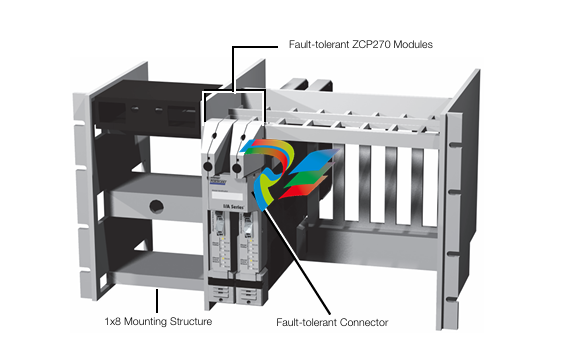

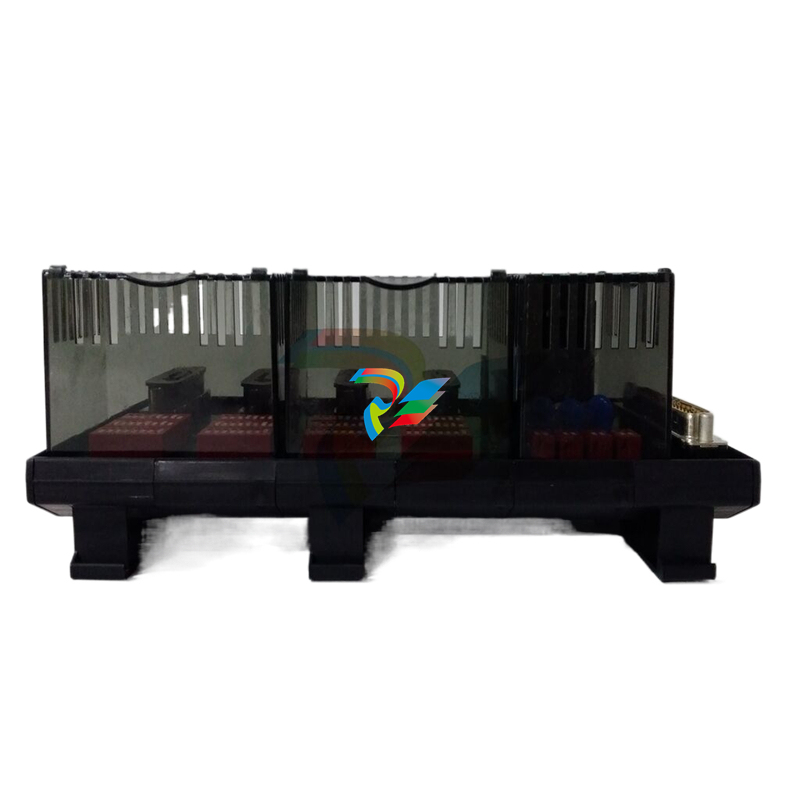
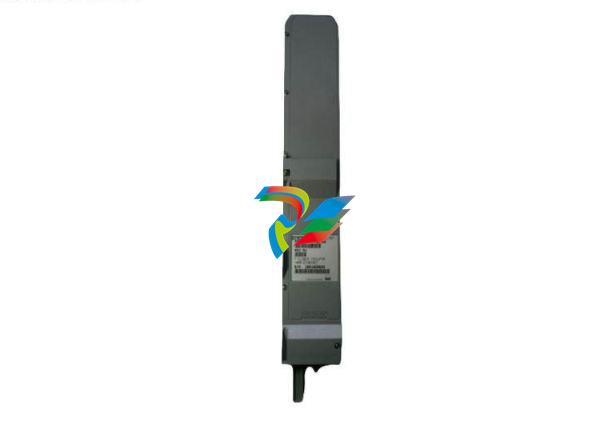
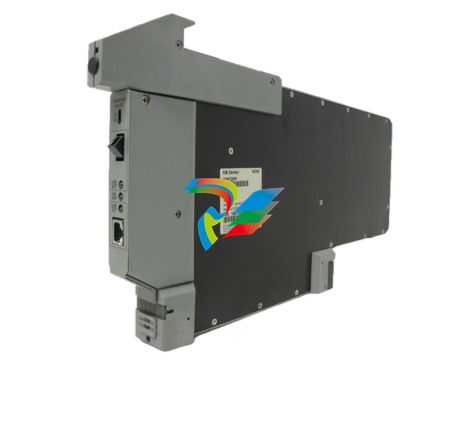
.jpg)
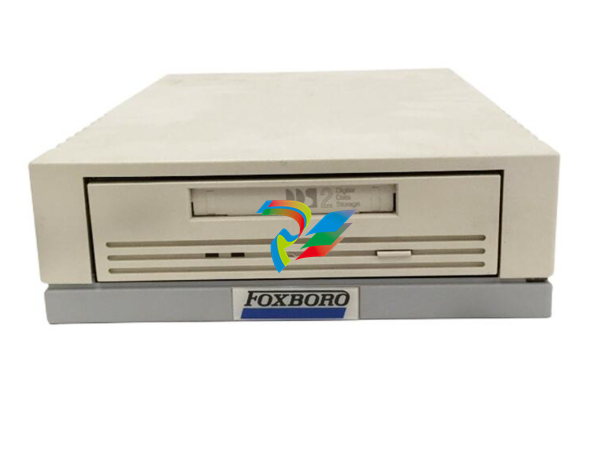

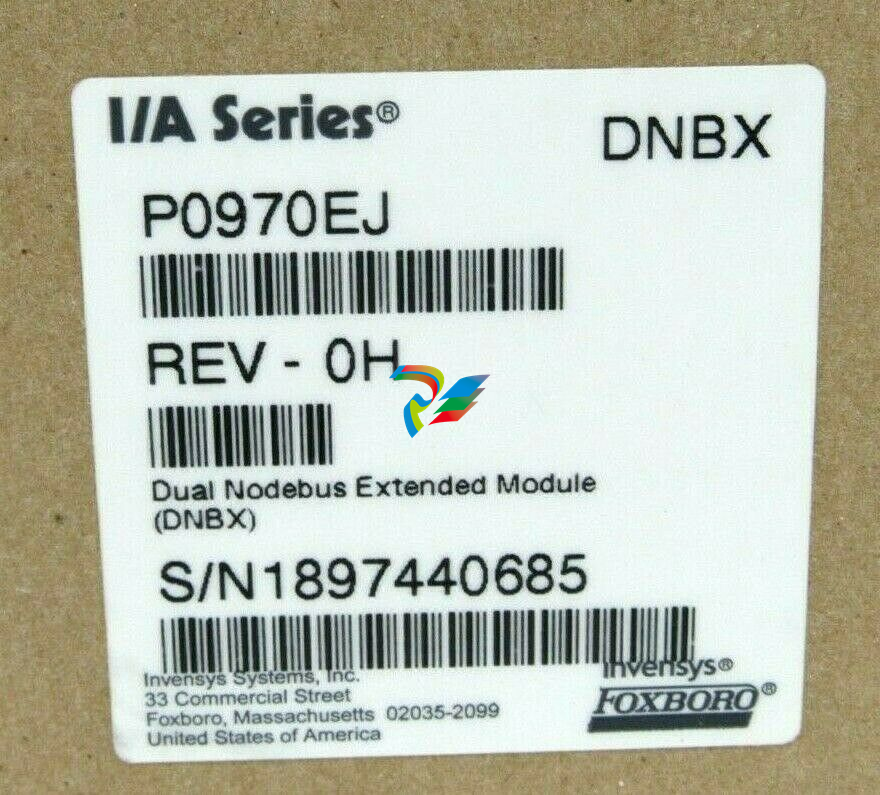

.jpg)
.jpg)
.jpg)
.jpg)
.jpg)
.jpg)
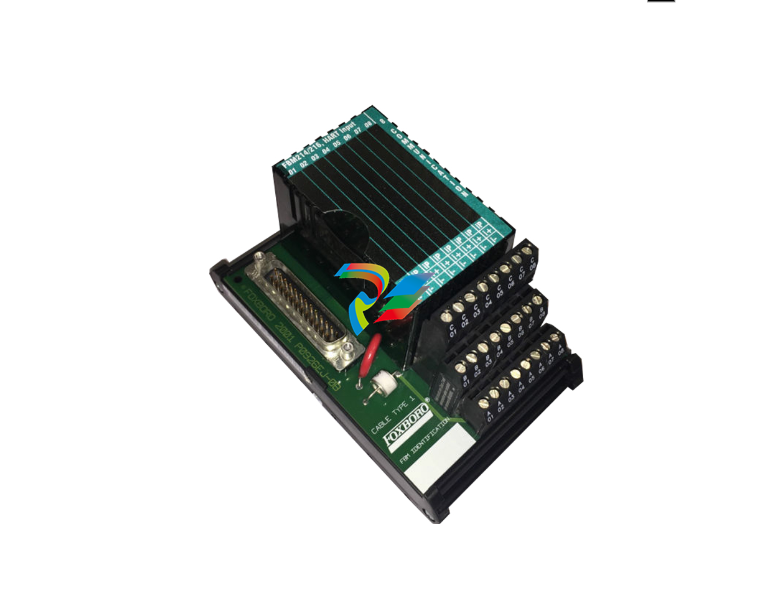
.jpg)
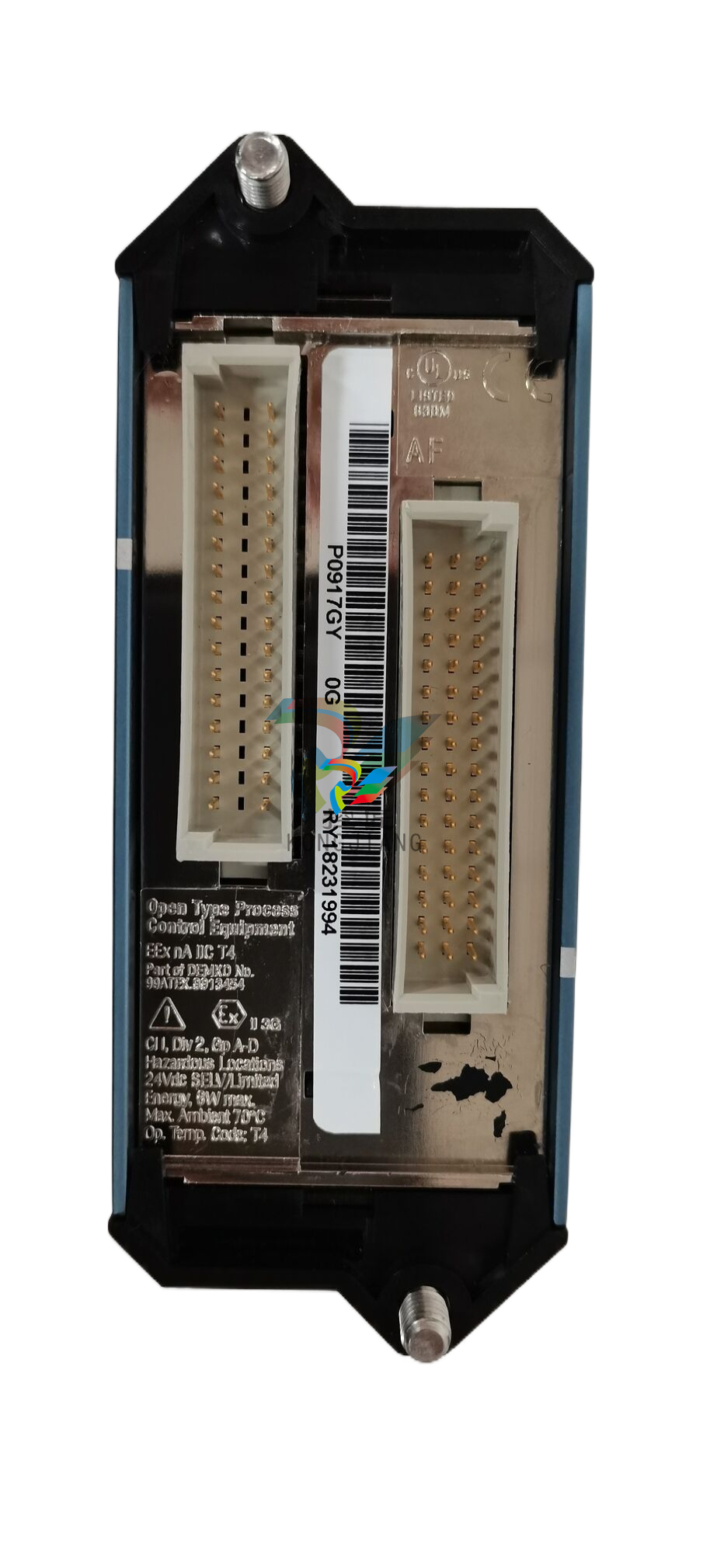
.jpg)
.jpg)
.jpg)
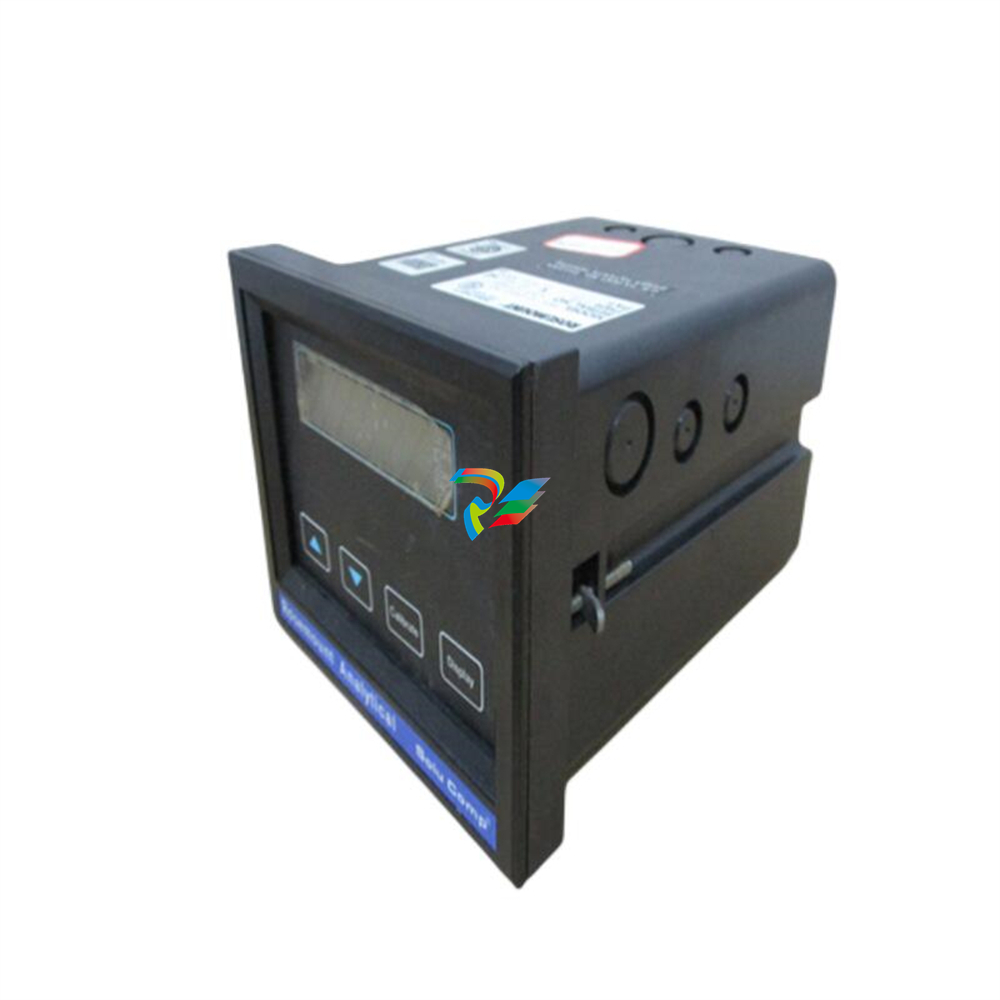
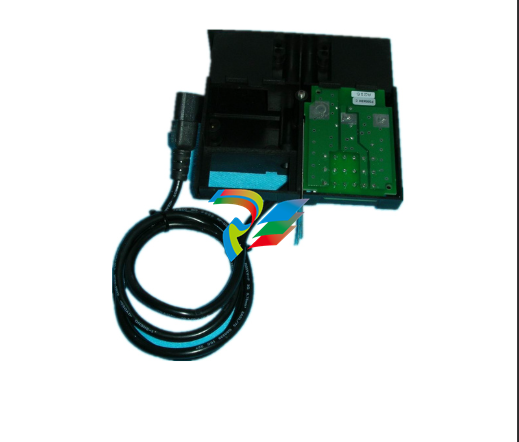
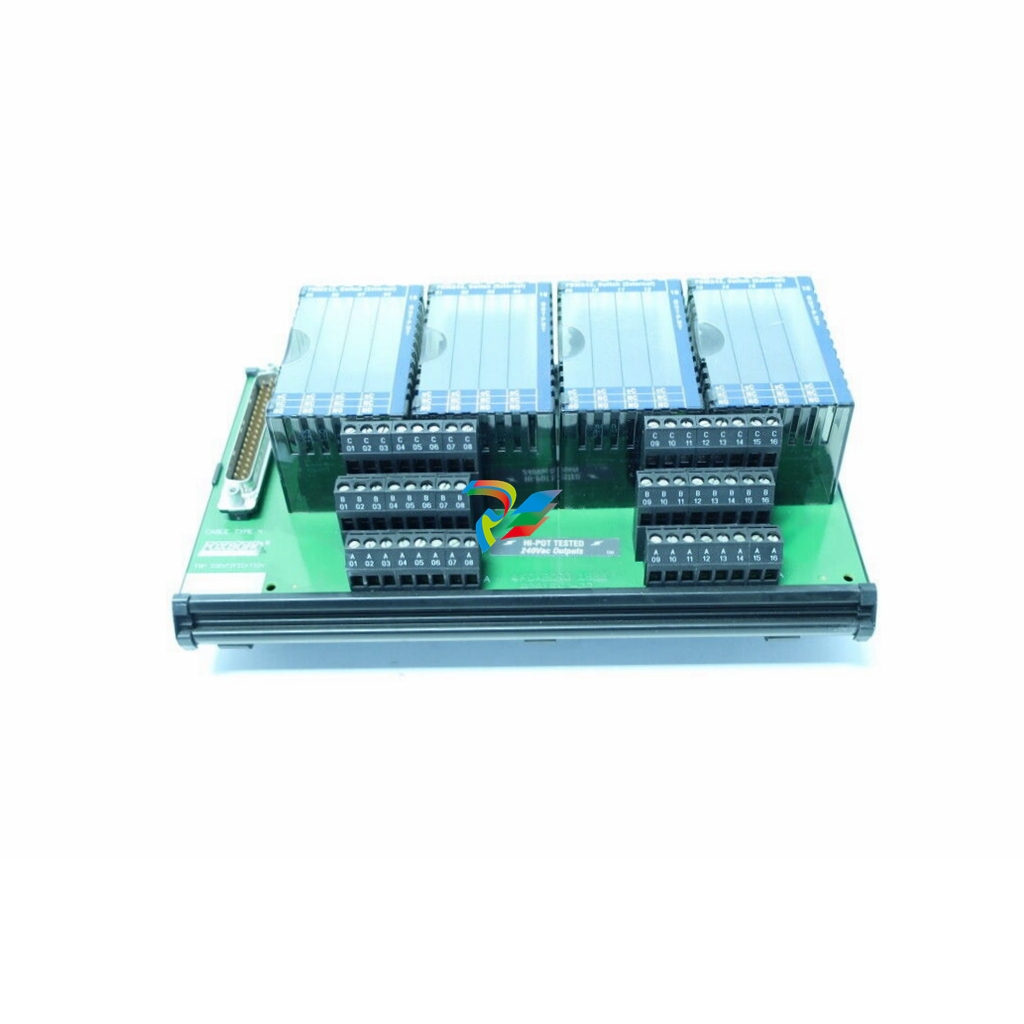
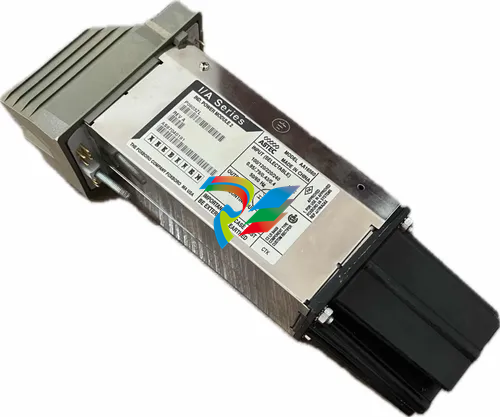
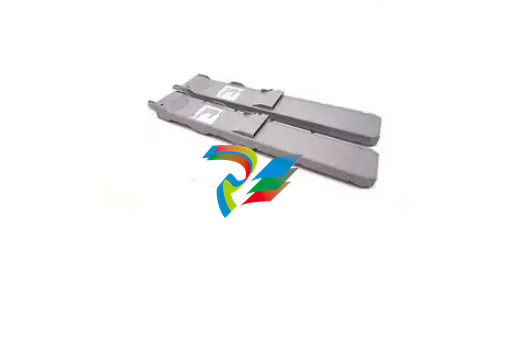
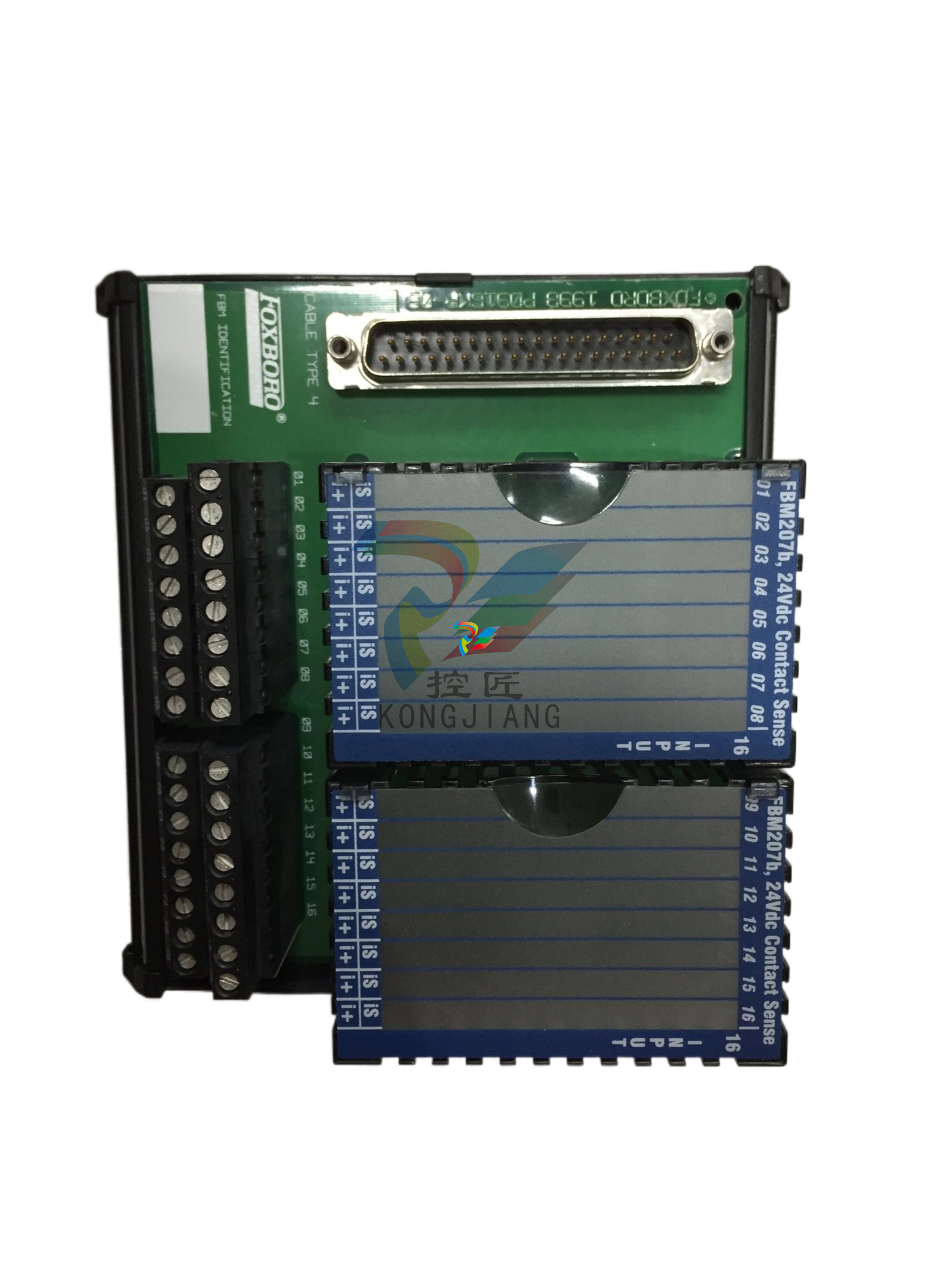
.jpg)

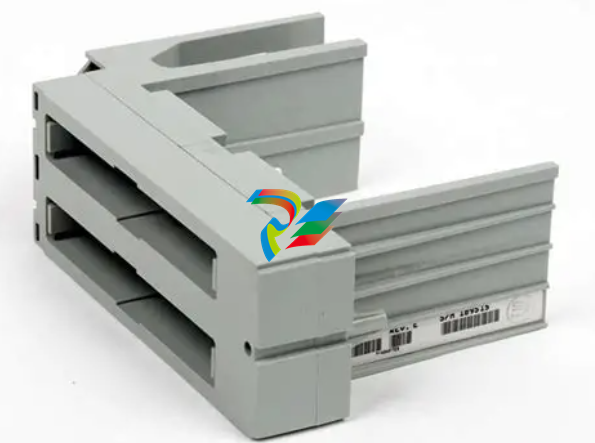
.jpg)
